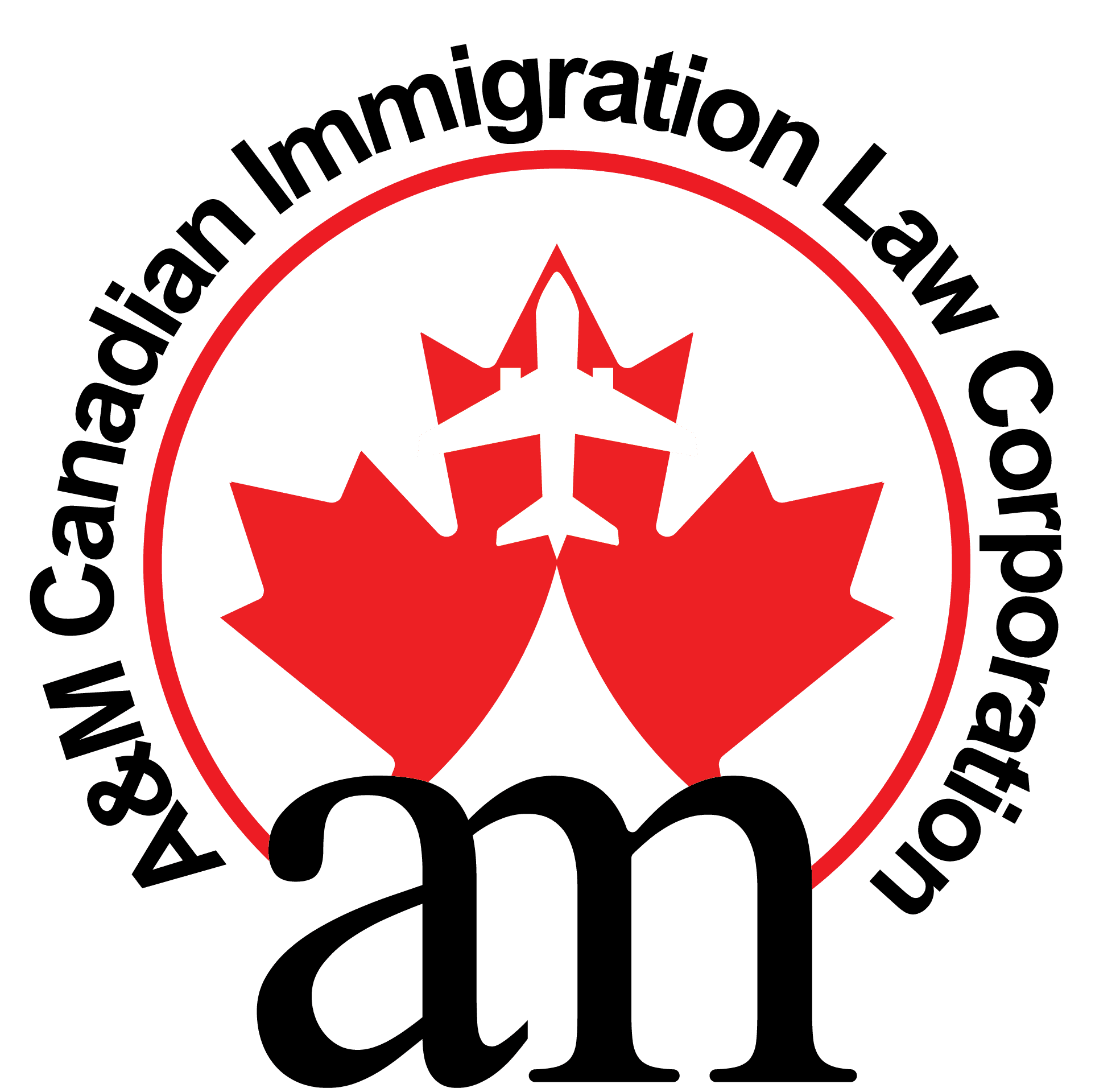Refugees and Humanitarian Pathways in Canada
A&M Canadian Immigration Law Corporation
Refugees and Humanitarian Pathways in Canada
Canada is known worldwide
for its commitment to protecting people fleeing persecution, violence, or
extreme hardship. Under the Immigration and Refugee Protection Act (IRPA),
there are several pathways for refugees and vulnerable persons to obtain
protection and permanent residence. Broadly, these are:
- Government-Assisted
Refugees (GAR)
- Privately
Sponsored Refugees (PSR)
- Protected
Persons (Inland Claimants)
- Humanitarian
and Compassionate (H&C) Considerations
Each has different
eligibility criteria, application procedures, and outcomes. Understanding the
distinctions helps applicants, sponsors, and advocates navigate the Canadian
system.
1. Government-Assisted
Refugees (GAR)
- Who qualifies: People identified abroad by the UN Refugee Agency (UNHCR) or another referral organization and referred to Canada for resettlement.
- Support: Funded through the Resettlement Assistance Program (RAP),
which provides up to one year of income support, housing help, and
settlement services.
- Key point: GARs are selected based on vulnerability (e.g., women at risk,
survivors of torture) rather than ability to integrate quickly.
- Source: IRCC – GAR Program
2. Privately Sponsored
Refugees (PSR)
- Who qualifies: Refugees abroad who meet the UN Refugee Convention definition or
are otherwise recognized as in need of protection.
- Support: Sponsored by private groups (e.g., Sponsorship Agreement
Holders, community groups, or groups of five Canadians/permanent
residents). Sponsors commit to 12 months of financial and settlement
support.
- Key point: Unlike GARs, PSRs are not funded by the government — support comes
from the sponsoring community.
- Source: IRCC – PSR Program
3. Protected Persons (Inland
Refugee Claimants)
- Who qualifies: People inside Canada (or at a port of entry) who make a
refugee claim and are determined by the Immigration and Refugee Board
(IRB) to be either:
- Convention refugees (fear of persecution based on race, religion,
nationality, political opinion, or social group), or
- Persons in need of protection (risk of torture, cruel or unusual treatment,
or threat to life).
- Outcome: If accepted, claimants become protected persons and may
apply for permanent residence for themselves and dependents.
- Source: IRCC – Refugee Protection Claim in Canada
4. Humanitarian
& Compassionate (H&C) Considerations
- Who qualifies: Foreign nationals already in Canada who don’t qualify under
other immigration programs but face exceptional hardship if forced
to leave.
- Grounds: May include establishment in Canada, best interests of children,
medical needs, or lack of safety in the country of origin.
- Restrictions: People with a failed refugee claim cannot generally apply for
H&C for 12 months, unless children would face hardship or
medical issues.
- Discretionary: H&C is a last-resort, discretionary option — officers
weigh evidence and may exempt certain IRPA requirements to grant PR.
- Source: IRCC – H&C Applications
Frequently Asked Questions
No. GARs are referred by
UNHCR or another referral partner, while PSRs require a Canadian sponsor to
file for you.
Yes, eligible claimants may access basic support through provincial social assistance or temporary federal programs while awaiting IRB decisions.
Generally no. You must usually wait until your refugee claim is resolved; plus, if refused, there’s a 12-month bar before H&C is available (with limited exceptions).
In most pathways, you can include a spouse/partner and dependent children in your application. For GARs and PSRs, family members must also meet refugee/protection criteria.
Processing can vary widely. GARs and PSRs may wait 1–2 years for resettlement. Refugee claims inside Canada may take over a year at the IRB. H&C decisions often take more than 2 years due to case complexity.
Canada’s refugee and
humanitarian immigration classes offer protection to the world’s most
vulnerable — whether through government sponsorship (GAR), private
sponsorship (PSR), inland claims (protected persons), or discretionary
humanitarian relief (H&C).
Each class has unique
requirements and timelines, but all share a common goal: ensuring Canada
fulfills its international obligations and humanitarian values by
providing safety and opportunity for those in need.
If you are considering
applying under one of these pathways, it is strongly recommended to seek legal
or settlement advice to determine the best option and strengthen your
application.






